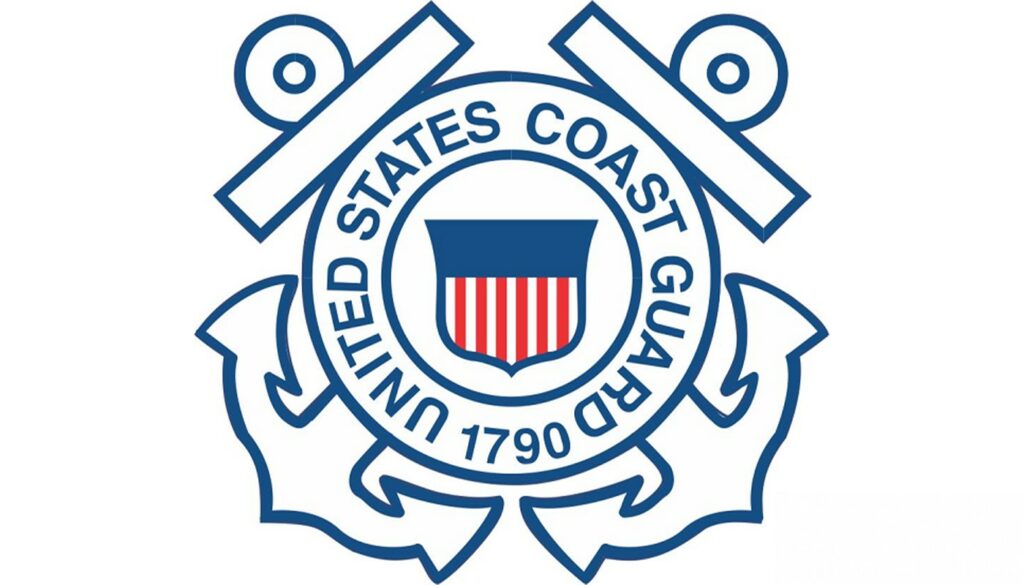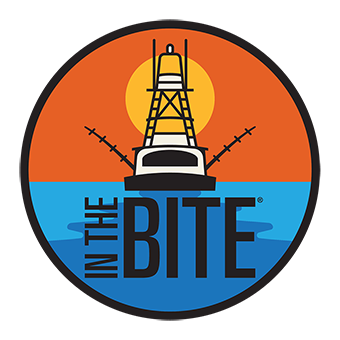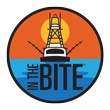
When an operator is wearing a link while underway, the engine will cut-off if the operator is separated from the operating area, an occurrence that can happen if the operator is ejected from the vessel or falls within the vessel. The shutdown of the engine is essential for safety reasons. If the operator is ejected from the vessel, the shutdown may prevent the operator from impacting the vessel’s spinning propeller and may aid the operator in safely returning to the drifting vessel. The law applies to “Covered Recreational vessels” which means any motorized boat with 3 or more horsepower that is less than 26 feet in length and takes effect on April 1, 2021. Operator Requirement: An individual operating a covered recreational vessel shall use an engine cut-off switch link while operating on plane or above displacement speed. An earlier law, passed by congress in 2018, required manufacturers to install an Emergency Engine Cut-Off Switch (ECOS). The law passed on December 4, 2018, and went into effect 1 year later. Even though it is now a law, most U.S. boat manufacturers have voluntarily installed an ECOS on their boats for decades. The terms Engine Cut-Off Switch (ECOS) and Engine/Propulsion Cut-Off Devices are used interchangeably to denote a system that disables the propulsion engine when the operator is unexpectedly displaced from the vessel.








